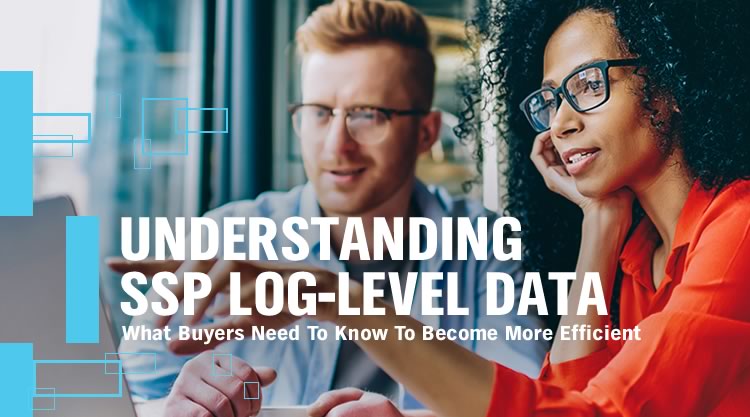When we speak to agencies, the vast majority leverage demand side platform (DSP) data in some way. The DSP is the closest programmatic entity to an agency or advertiser, so it makes sense and will continue to be the case. But many agencies and advertisers seem unaware that a sell side platform (SSP), also known as an exchange, can provide a vast amount of data to increase the effectiveness of campaigns and, in turn, increase ad revenue for publishers. The recent PubMatic white paper on SSP log-level data discusses this in-depth but here we summarize its importance to marketers.
It’s not surprising that buyers don’t know about this data. Today, in an effort to increase transparency, some SSPs, like PubMatic, are not only making more SSP data analysis available but also standardizing it and developing processes for easier usage on the buy-side. Ultimately, this increase in transparency will also increase efficacy for the benefit of both publishers and advertisers.
What kind of data are we talking about?
As a global SSP, PubMatic processes over 55 billion daily ad impressions. Any single impression will have over 90 parameters, many of which are not ingested by DSPs and utilized for bidding purposes. This typically is because the parameter has yet to become part of the RTB spec, and of those included, most are only conveyed on winning bids which comprise the vast minority for any buyer. Some sample parameters in the bid stream that buyers typically do not see include ads.txt, auction type, second price, and closing price. A more expansive list can be found in the whitepaper.
What can I do with this data?
While the PubMatic whitepaper goes into significantly more detail on this topic, the key use-cases for log-level data can be broken into three areas:
- Bidding strategies
- Targeting capabilities
- Improved inventory quality
We will cover these at a high-level here but additional detail and use cases can be found in the full paper.
Bidding Strategies
The SSP data related to the auction itself can be used to better gauge how effective past bidding strategies actually were and to form better strategies for the future. Within the DSP, buyers already see the price at which they win an auction. However, for any buyer, wins are the vast minority when compared to losses. It is the data around these losses that can prove useful for bidding strategies. Getting answers can better inform your bidding strategy.
Targeting capabilities
While the capabilities here will vary wildly from one SSP to another, an SSP theoretically has data on how in-demand a user is for a specific advertiser. In other words, if a user has visited ten home decor websites within the last week, the cookie on that user’s machine is likely being bid upon by all ten companies. This user is expensive. However, another user may have visited two of the sites. In a first price auction, both users will close at the same price as part of the same auction, but PubMatic and perhaps some other SSPs have the ability to segment into tiers and significantly decrease the retargeting CPM. At PubMatic, we offer our Targeted PMP platform to do this and call it the “Opportunity Segment.” In a similar way, we can create unique segments around verticals to be tested for prospecting campaigns.
Inventory Quality
SSPs are the first line of defense and SSP log-level data provides a measure for the buyer to support in the fight against fraud. It is not a preventative tool so much as backward-looking metric allowing buyers to:
- Compare SSPs against each other
- Ensure that what you are seeing is what you are getting
As far as inventory quality is concerned, the most interesting of the parameters above are ads.txt and bid request domain. If a DSP is sending a buyer only ads.txt filtered inventory, checking the SSP ads.txt parameter provides a means by which to. If also receiving the bid request domain, identifying mismatches between SSP and DSP will identify any discrepancy to help combat domain spoofing.
How do I get started with SSP log-level data?
PubMatic has the capability to send data but there are factors such as whether or not the buyer has its own DSP seat id, what parameters are needed for the strategy, and how much competency the buyer has in crunching potentially large amounts of data. To learn more about log-level data, download the full paper. If you are an advertiser or agency, contact us to be connected to the right person and see how we can further increase your ROI.





